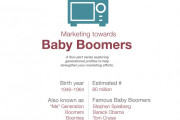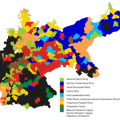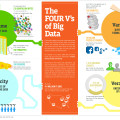This past week’s Numbers column on leap day included a box of facts that led a reader to write in about the accuracy of one tidbit–that the chance of being born naturally on Feb. 29 is roughly 1 in 1,461.
The reader suggested that since we omit three leap days every 400 years it would make the chance roughly 1 in 1,506.
To the Internet! Turns out there are several schools of thought on how to calculate the chances, including a vibrant debate here.
Many mentions in the media cite the chances as roughly 1 in 1,461, including in this piece, this one and this one.
Yet we found some sources that take the longer view and say it’s around 1 in 1,509(close enough to what our reader suggested).
Ultimately, in our view, the 1 in 1,461 chance offers the closest approximation to the probability of being born on a leap day. Why? While one could view the cycle in terms of centuries or even millennia, it’s most appropriately viewed in four-year spans that coincide with what potential mothers’ biological clock would allow for–roughly 30 to 40 years or so. Thus, while someone whose child-bearing years coincide with one of the centuries that skips a leap day (2100, 2200, 2300) would have a slightly longer odds of having a leap day baby, present-day women of child-bearing age have the 1 in 1,461 shot.
###
We’d also like to wish a happy birthday to our good colleague Stacey Slaughter-Miller–on her actual birthday.
Stacey isn’t strict “Februarist” in non-leap years, choosing to celebrate on March 1 when Feb. 29 is not an option because “it’s the day I would’ve been born had it not been a leap year,” she says. “For me, Feb. 28 is a day too early.”
Good thing, then, that today is Feb. 29. Happy birthday to Stacey and her fellow leapsters.












Recent Comments